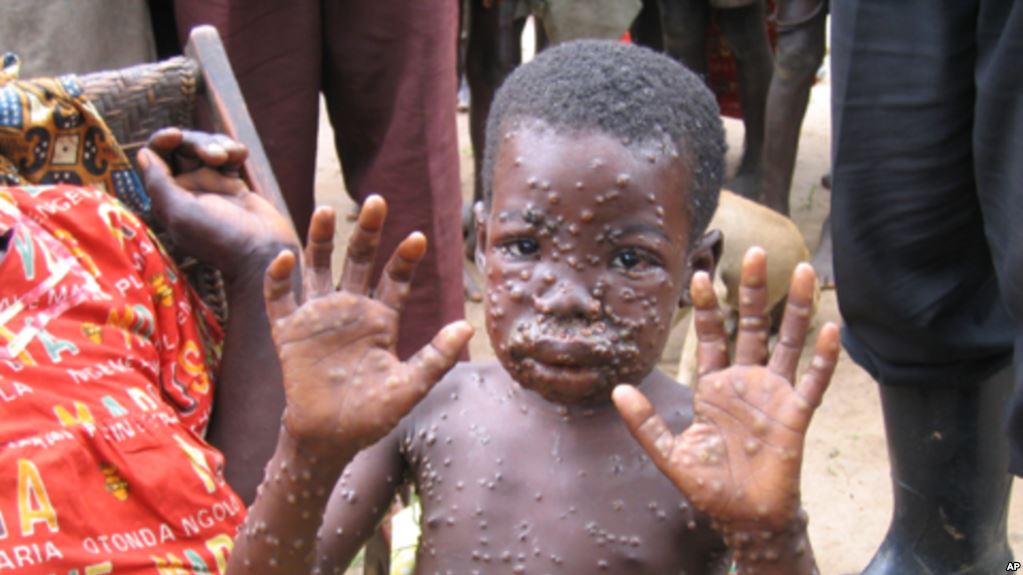Monkeypox disease: What to know
Monkeypox disease: What to know
Are there rodents in your vicinity? Do you live in Nigeria or anywhere in West or Central Africa? Then you should care about monkeypox.
Yes, it was first identified in laboratory monkeys, hence the name, but it’s actively transmitted to humans by rodents or primates and by a secondary human-to-human transmission.

So how do you get it?
It’s infectious meaning it can come to you. The monkeypox virus is transmitted via contact with an infected animal’s blood, flesh, bite, or an infected human.
It’s a virus. Viral infections are generally harder to treat than bacteria’s and the monkeypox virus is a rare type.
It can cause fatal illnesses and quick deaths, especially in younger age groups.
It has NO treatment or vaccine but outbreaks can be controlled.
The incubation period is 5 -21 days. Symptoms typically last 14 – 21 days with severe cases occurring among children with longer virus exposure.
Monkeypox virus can only be diagnosed definitively in the laboratory by a number of different tests.
Symptoms
It manifests as various stages of rash and an intense weakness among other things. Rashes, ranging from a few to several thousands, begins on the face, then palms and feet soles. The lesions (or rashes) later become fluid-filled blisters and lastly crusts which can affect the oral membranes, genitalia, eyelids and eyeballs.
What do you do?
Cook animal flesh or blood properly before consuming. Monkeypox virus remain active in infected primates or rodent even after their death.
Stay away from body fluids, lesions, respiratory tract secretions, or objects recently contaminated by monkeypox patients. Transmission occurs via droplets respiratory particles.
Don’t pick up stray animals especially if you live in the tropics.
Immediately quarantine infected animals or humans. Close physical contact is a significant risk factor and protective equipment must be worn while providing care for patients.
Regular handwashing is encouraged.
If you have been in the proximity of an infected person, go for definitive testing in the laboratory.
Spread the awareness by sharing this article.